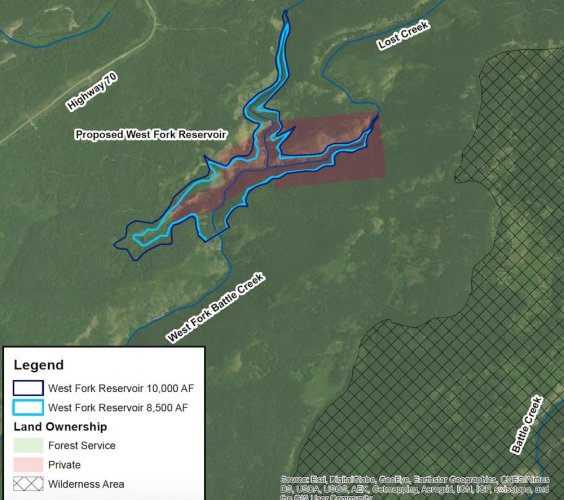R
rwc101
Guest

‘Huge’ state-federal land swap could expedite dam approval - WyoFile
State land board votes to analyze an exchange with Forest Service that would facilitate construction of 280-foot-high West Fork Dam above Baggs.
Wyoming’s top five elected officials told the state land office to explore a 24,000-acre land exchange with the Medicine Bow National Forest that could expedite construction of a 280-foot high dam in Carbon County.





